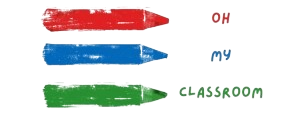As young children start to understand the world around them, it’s essential to teach them about the various people and professions that help their communities function.
Introducing community helpers to preschoolers can be a fun and engaging way to teach them about the roles and responsibilities of different individuals in society.
In this article, we’ll explore effective Community Helpers Preschool Activities & Crafts, which are age-appropriate and promote learning in various areas.
Dramatic Play:
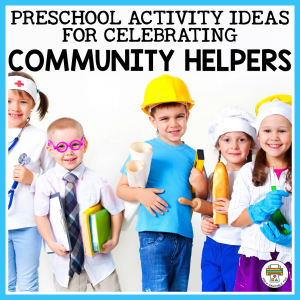
Dramatic play is an excellent way for preschoolers to learn about community helpers.
You can create a pretend play area with costumes, hats, and props related to different helpers such as firefighters, police officers, doctors, nurses, teachers, and mail carriers.
By engaging in role-play, children can learn about the different roles community helpers play in our society.
Community Helper Sorting:

Create a sorting game with pictures of different community helpers and their tools.
Have the children match the pictures of community helpers with their respective tools. This activity helps preschoolers develop their cognitive skills, including categorizing and sorting.
Community Helper Bingo:
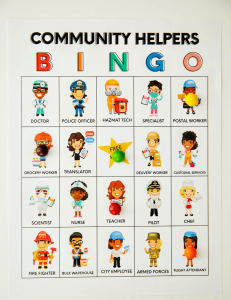
Create a community helper bingo game with pictures of different helpers, such as firefighters, police officers, and doctors.
This activity promotes cognitive development and can help children identify community helpers and their roles.
Field Trip:
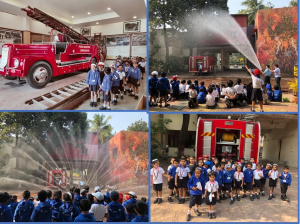
Organize a field trip to the local fire station, police station, or post office. The children can meet the community helpers in person and learn about their roles and responsibilities.
This activity helps promote social development and can also help the children develop a sense of belonging to their community.
Community Helper Puppet Show:

Create puppet shows that feature different community helpers. The children can use the puppets to act out different scenarios related to each helper.
This activity promotes emotional and social development, as children can learn empathy and communication skills.
Community Helper Storytime:

Read books to the children that feature community helpers such as firefighters, police officers, and doctors.
This activity promotes language development, and children can learn about the different roles community helpers play in our society.
Community Helper Puzzle:

Create a puzzle with pictures of different community helpers. The children can work together to solve the puzzle, which promotes teamwork and cognitive development.
Community Helper Songs:
Teach the children songs related to different community helpers. This activity promotes musical and language development and helps children remember the roles of different community helpers.
Community Helper Art:
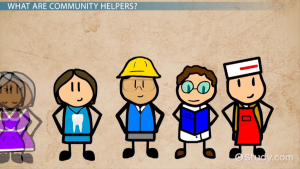
Provide the children with art materials and have them create pictures of different community helpers. This activity promotes creativity and helps children learn about different community helpers and their roles.
Community Helper Scavenger Hunt:

Create a scavenger hunt with pictures of different community helpers hidden throughout the classroom or playground. The children can work in teams to find all the pictures, which promotes teamwork and cognitive development.
Community Helper Dress-Up Relay:

Divide the children into teams and set up a relay race. Provide each team with a bag of dress-up clothes related to community helpers such as firefighters, doctors, and police officers.
The children take turns dressing up in the clothes and running to the other end of the room to tag their teammates. This activity promotes physical development, teamwork, and social skills.
Community Helper Sensory Bin:
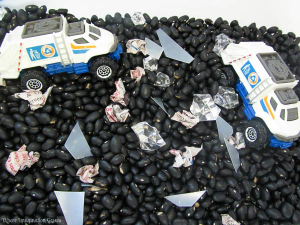
Create a sensory bin with different materials related to community helpers such as rice, cotton balls, and play tools.
The children can explore the bin and learn about the different helpers and their roles. This activity promotes sensory development, creativity, and cognitive development.
Community Helper Building Blocks:
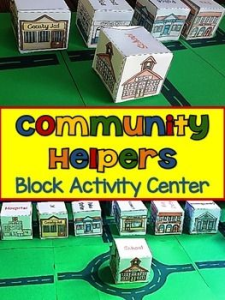
Provide the children with building blocks and have them construct buildings related to community helpers such as fire stations and police stations. This activity promotes creativity, cognitive development, and social skills.
Related: Construction Activities for Preschoolers
Community Helper Matching Game:
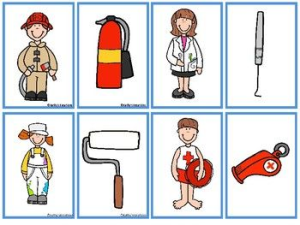
Create a matching game with pictures of community helpers and their tools. The children can match the pictures and learn about the different helpers and their roles. This activity promotes cognitive development and memory skills.
Community Helper Science Experiment:
Set up a science experiment related to community helpers such as a volcano eruption simulation for firefighters or a handwashing experiment for doctors.
This activity promotes scientific exploration, cognitive development, and learning about community helpers’ roles.
Community Helper Writing Station:
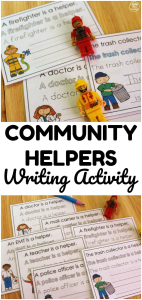
Create a writing station with various materials such as paper, markers, and stamps related to community helpers.
The children can write thank-you notes or letters to community helpers such as firefighters and police officers. This activity promotes language development and social skills.
Related: 50 Free Writing Prompts for Kindergarten
Community Helper Play Dough:
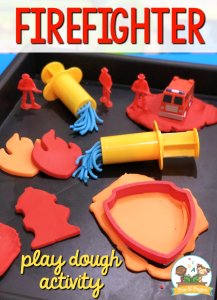
Create play dough in colors related to community helpers such as red for firefighters and blue for police officers.
The children can use the play dough to create different helpers and their tools. This activity promotes creativity, cognitive development, and sensory exploration.
Community Helper Obstacle Course:

Set up an obstacle course related to community helpers such as crawling under “smoke” for firefighters or jumping over “hurdles” for police officers. This activity promotes physical development and teamwork.
Community Helper Cooking:
Create a cooking activity related to community helpers such as making healthy snacks for doctors and nurses or baking cookies for firefighters and police officers.
This activity promotes social skills, creativity, and learning about community helpers’ roles.
Community Helper Field Trip Follow-Up:
After going on a community helper field trip, create a follow-up activity such as drawing pictures of what the children learned or writing thank-you notes to the community helpers they met.
This activity promotes language development, social skills, and appreciation for community helpers.
